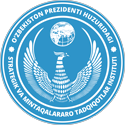A new building to be built for the Republican Center of Oncology
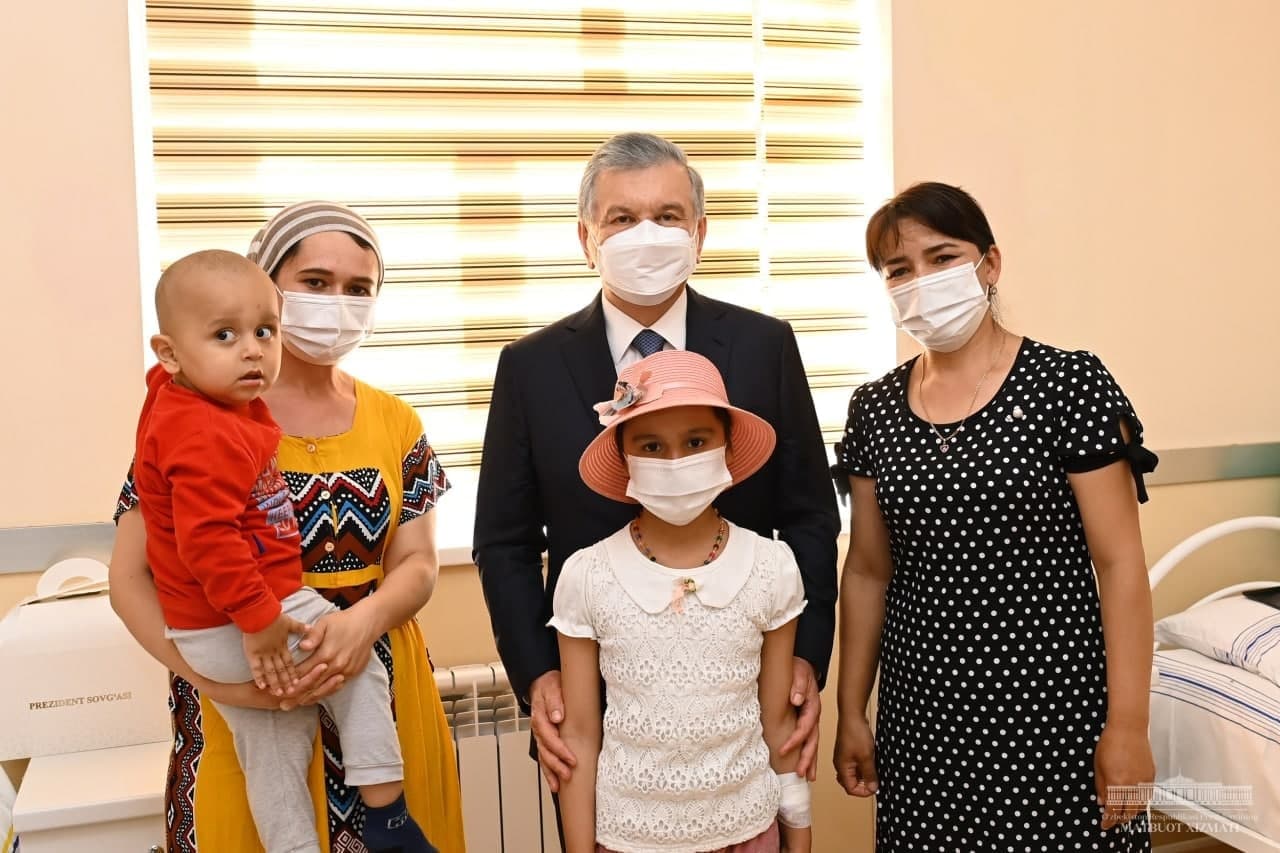
President Shavkat Mirziyoyev visited the Republican Specialized Scientific and Practical Medical Center of Oncology and Radiology.
The center has 10 medical buildings with 370 beds. It provides inpatient care for more than 9 thousand patients, outpatient care for 43 thousand patients a year.
There are local branches of the center in Tashkent and Kokand, Karakalpakstan and other regions. Each branch has a palliative care department. For the first time, all 22 local oncological institutions were equipped with modern radiation therapy devices. Telemedicine has been established between the center and all branches. Over the past three years, 150 specialists in the field have been trained at the expense of the state in prestigious foreign clinics.
Most often, patients are faced with the problem of finding and purchasing drugs. Therefore, the state is expanding assistance in this matter. If in 2016, 8 billion UZS were allocated for the purchase of medicines and equipment for oncological direction, then in 2021 this figure reached almost 62 billion UZS.
The Head of the state wished the children treated in the center a speedy recovery and supported their parents.
“This is a challenge. We will all be happy if you overcome this misfortune, heal quickly and return home. I talk a lot about children and youth, I have high hopes for them. May these children quickly recover and become in the future persons ready to serve our people. This is what we ask of the Almighty on these bright holidays”, Shavkat Mirziyoyev said.
Noting that the current capabilities of the center are insufficient, the President instructed to build new buildings of the Republican Center of Oncology on the free territory of the clinic of Tashkent Medical Academy.
A videoconference on measures to improve the system of oncological care was also held here.
The need was noted for creating mobile teams for early detection of diseases and preventive examinations of people at risk. For this purpose, mobile mammographs and positron emission tomographs will be delivered to each region. Laboratories for early detection of cancer will be created and tests for tumor markers will be carried out.
The second key issue is improving the quality of treatment. To this end, the task was set to renovate local oncological and hematological hospitals, equip them with modern equipment and attract qualified specialists. The issue of providing prostheses for patients whose limbs were amputated as a result of the disease was also discussed.
The Chairman of the Jokargy Kenes of the Republic of Karakalpakstan and the hokims of the regions, doctors made suggestions for improving the treatment of oncological and hematological diseases in their regions.
Taking into account the tasks set and the proposals made, a Presidential Resolution will be adopted regarding the cardinal transformation of the system of treatment of oncological and hematological diseases.
After the meeting, the Head of the state visited Tashkent Medical Academy and examined the construction site of the future new building of the Medical Center for Oncology and Radiology. Instructions were given for the use of the South Korean experience in design and construction.
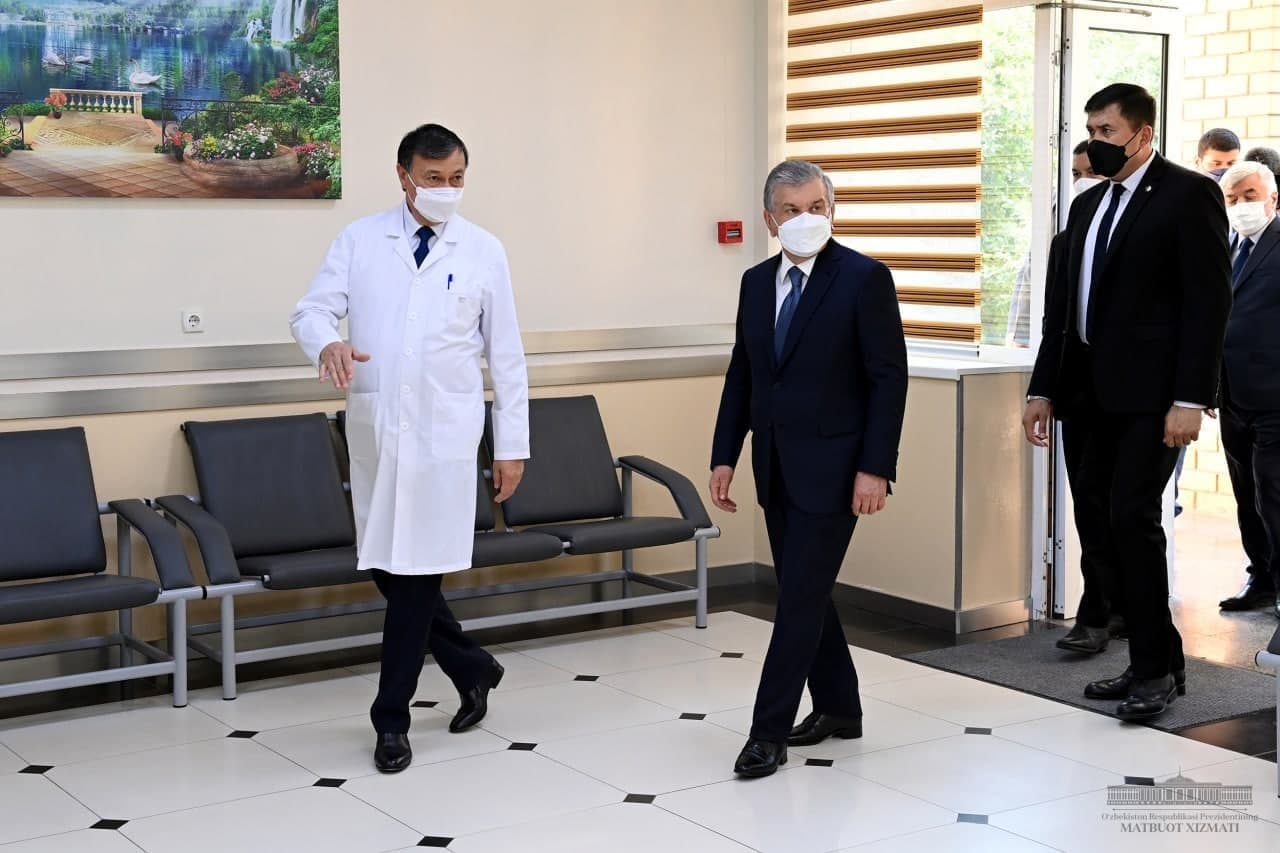
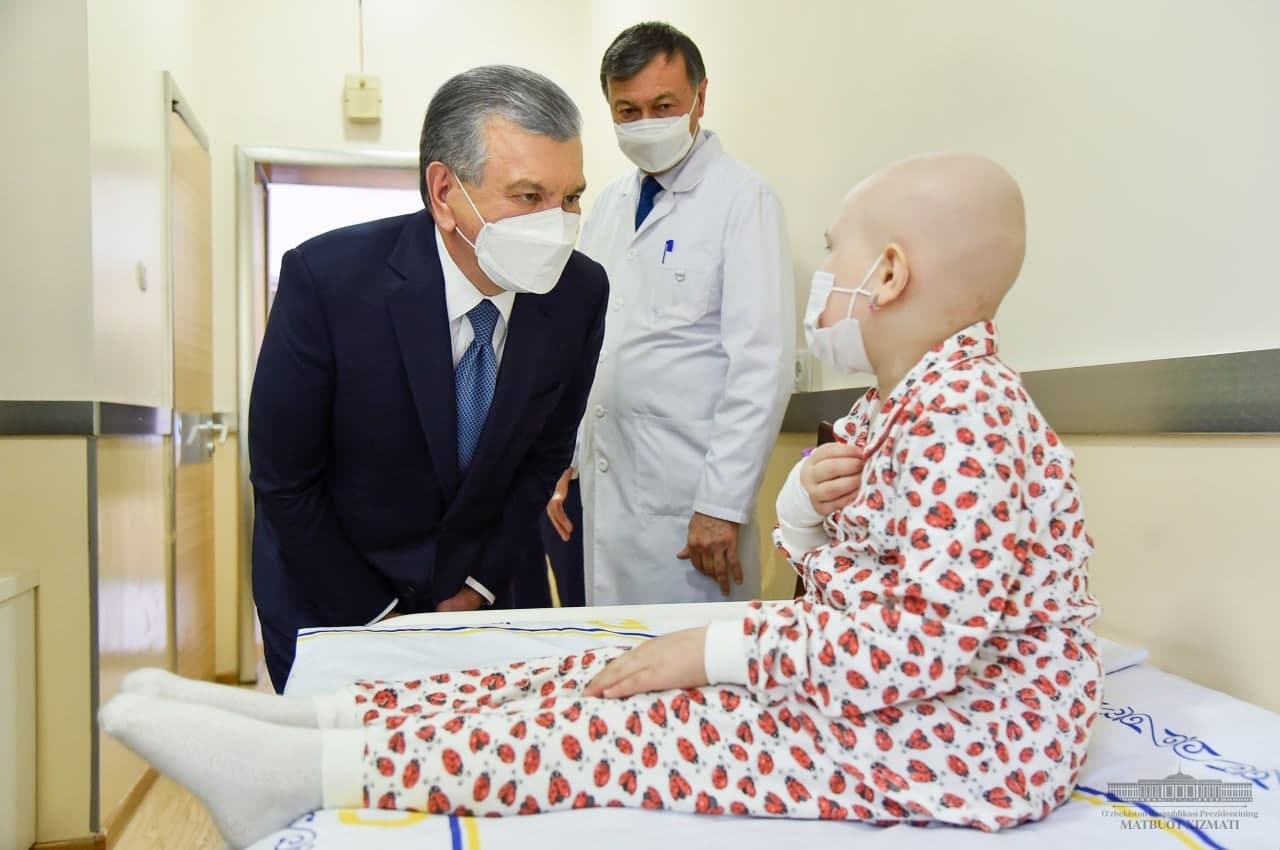
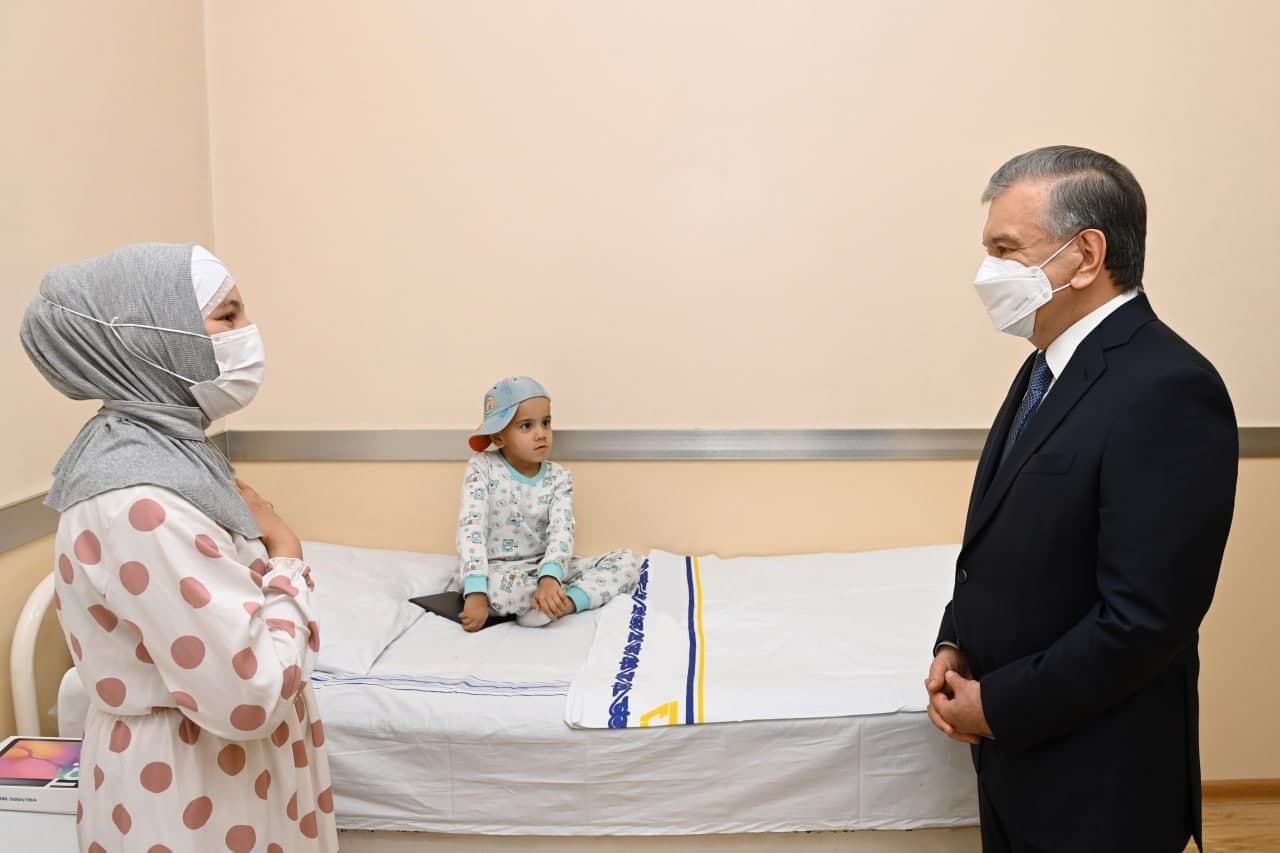
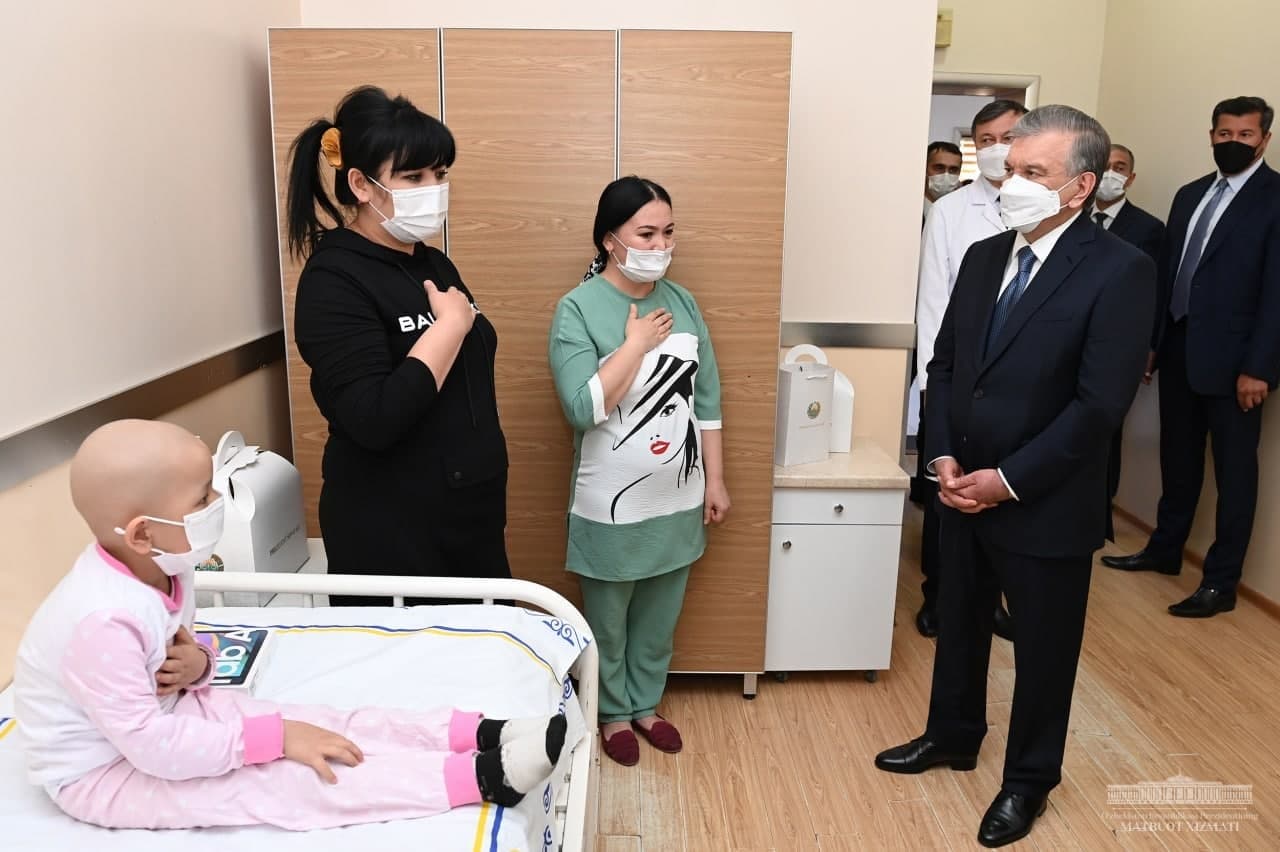
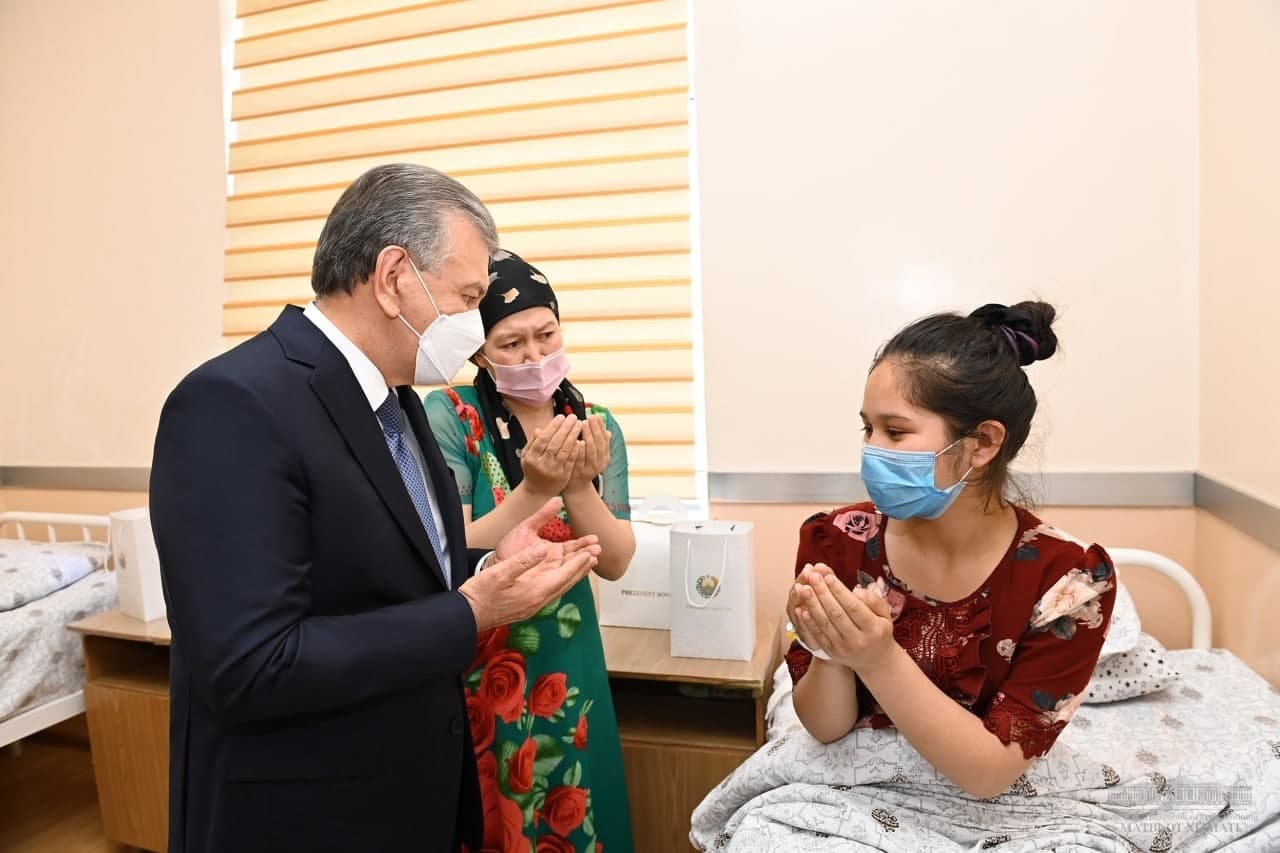
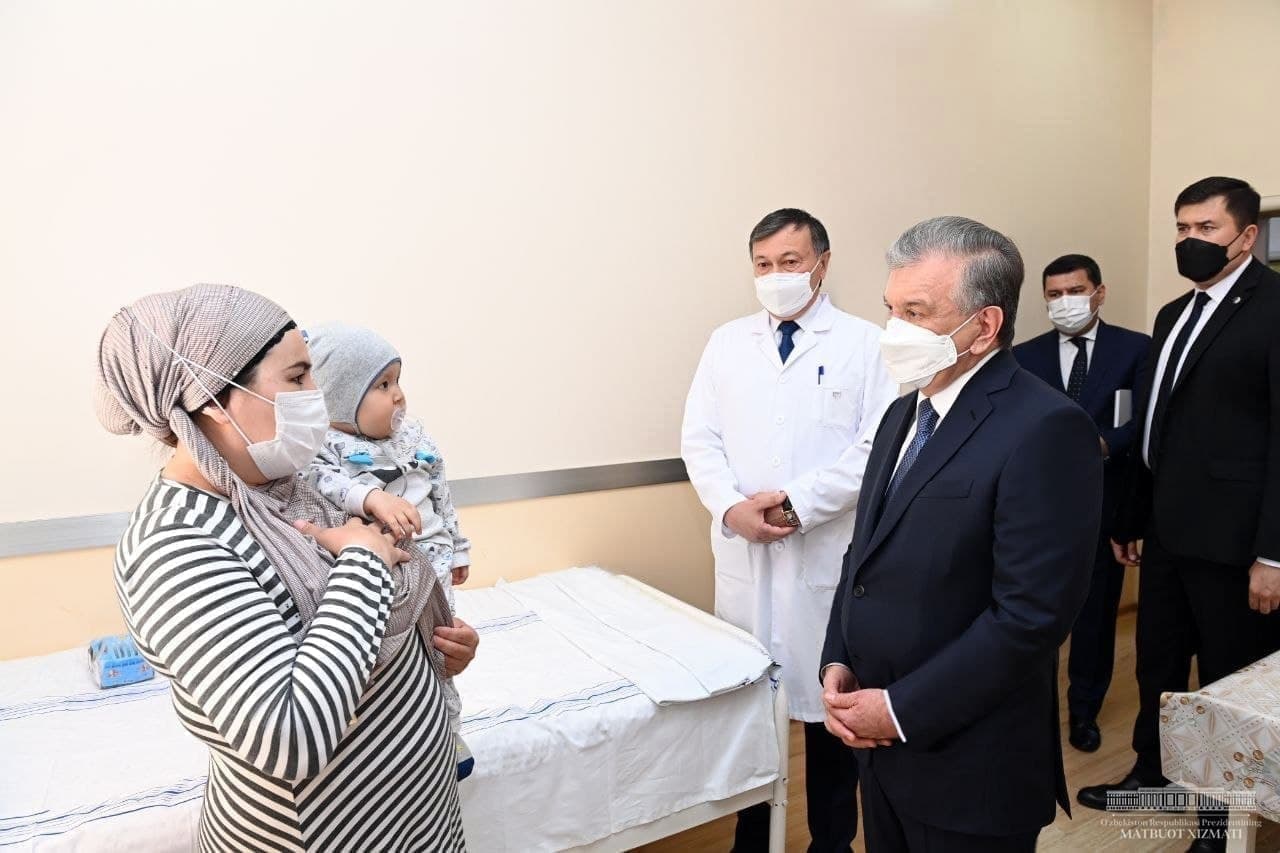
Previous
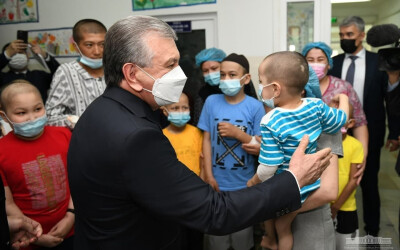
Uzbekistan celebrates Ramadan Hayit in peace and tranquility.
14.05.2021Next
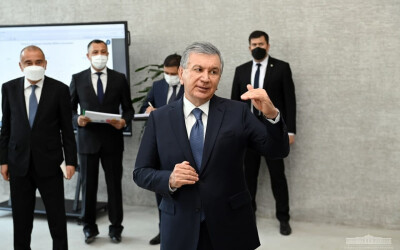
President Shavkat Mirziyoyev visited Tashkent’s Tepakurgan mahalla in Uchtepa district.
15.05.2021